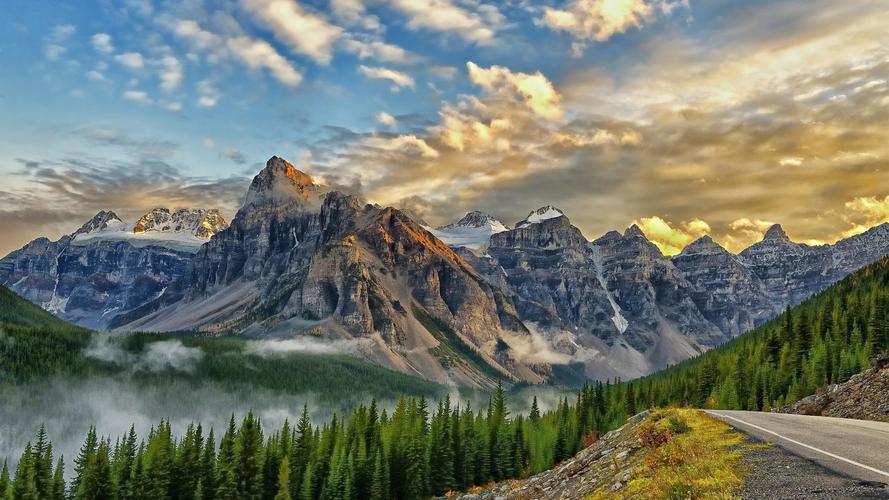The Roaring Twenties: How Popular Culture Shaped Society in the 1920s
The 1920s, also known as the Roaring Twenties, were a time of significant social change in American history. The aftermath of World War I brought about an attitude of liberation and rebellion, which resulted in the emergence of modern popular culture. In this article, we will explore the various ways in which popular culture shaped society during the 1920s.
Music and Dance
One of the most prominent forms of popular culture during the 1920s was music and dance. The introduction of jazz music, which originated in African-American communities in New Orleans, quickly gained popularity among white Americans. Jazz music was seen as a way to break free from traditional music forms and was characterized by improvisation, syncopated rhythms, and a strong beat.
As a result, dance styles such as the Charleston and the Black Bottom emerged, which were heavily influenced by jazz music. These dance styles were widely popular among young people and were seen as a way to express their rebellion against traditional norms.
Film and Television
The 1920s also saw the emergence of the film industry, which became a major source of entertainment and popular culture. Hollywood, California, became the hub of the film industry, and movie stars, such as Charlie Chaplin and Greta Garbo, became household names.
The film industry not only provided a form of entertainment but also had a significant impact on societal norms. For example, the portrayal of women in films began to challenge traditional gender roles, and the use of slang and colloquialisms in films had a significant impact on the development of American English language.
Literature and Fashion
The 1920s also saw significant changes in literature and fashion. Literary figures such as F. Scott Fitzgerald and Ernest Hemingway became influential, and their writings, including The Great Gatsby and The Sun Also Rises, respectively, captured the spirit of the 1920s and challenged traditional literary norms.
Fashion also played a significant role in popular culture during the 1920s. Women’s fashion, in particular, underwent a significant transformation, as the flapper style emerged. Flappers were young women who challenged traditional gender norms through their fashion and behavior. They wore short skirts, bobbed their hair, and smoked cigarettes in public, challenging traditional gender roles and societal expectations.
Conclusion
In conclusion, popular culture played a significant role in shaping society during the 1920s. Music and dance, film and television, literature, and fashion all had a significant impact on societal norms and rebellious attitudes that emerged during the Roaring Twenties. These cultural shifts challenged traditional norms and brought about a new era of liberation and freedom in American society.
(Note: Do you have knowledge or insights to share? Unlock new opportunities and expand your reach by joining our authors team. Click Registration to join us and share your expertise with our readers.)
Speech tips:
Please note that any statements involving politics will not be approved.
